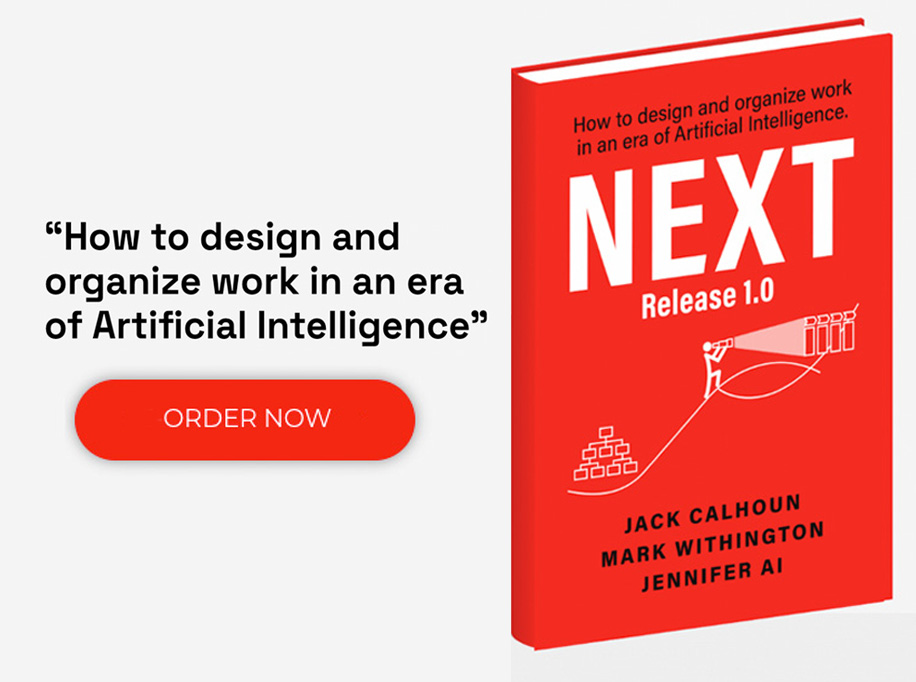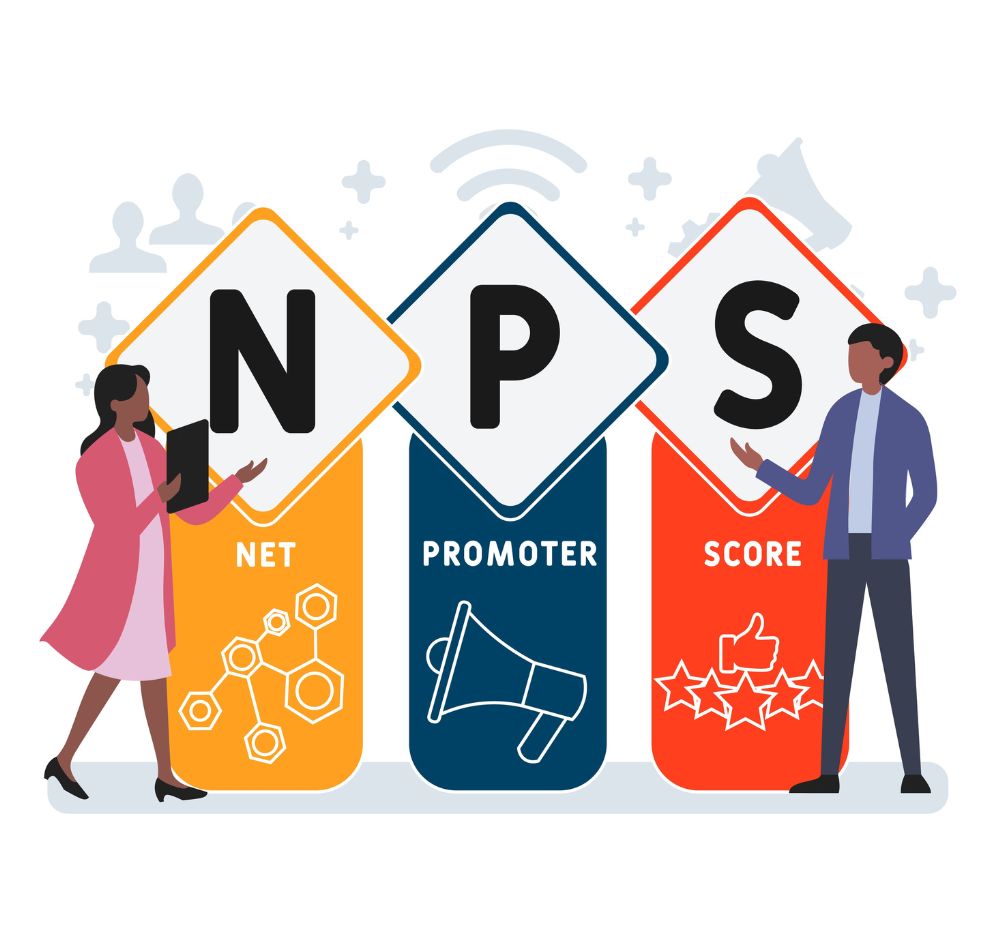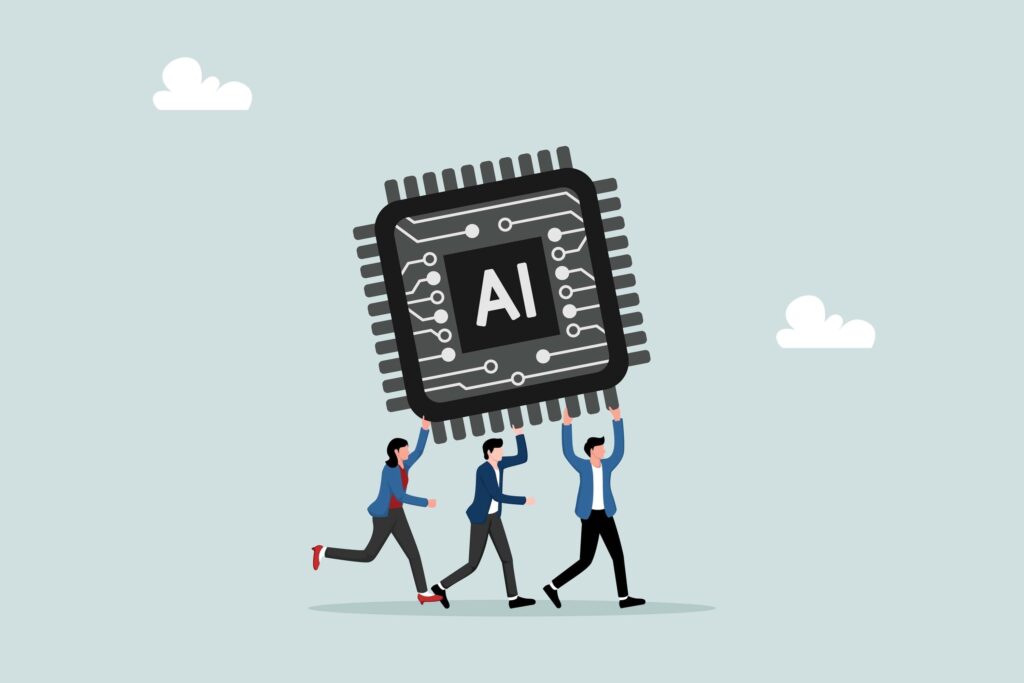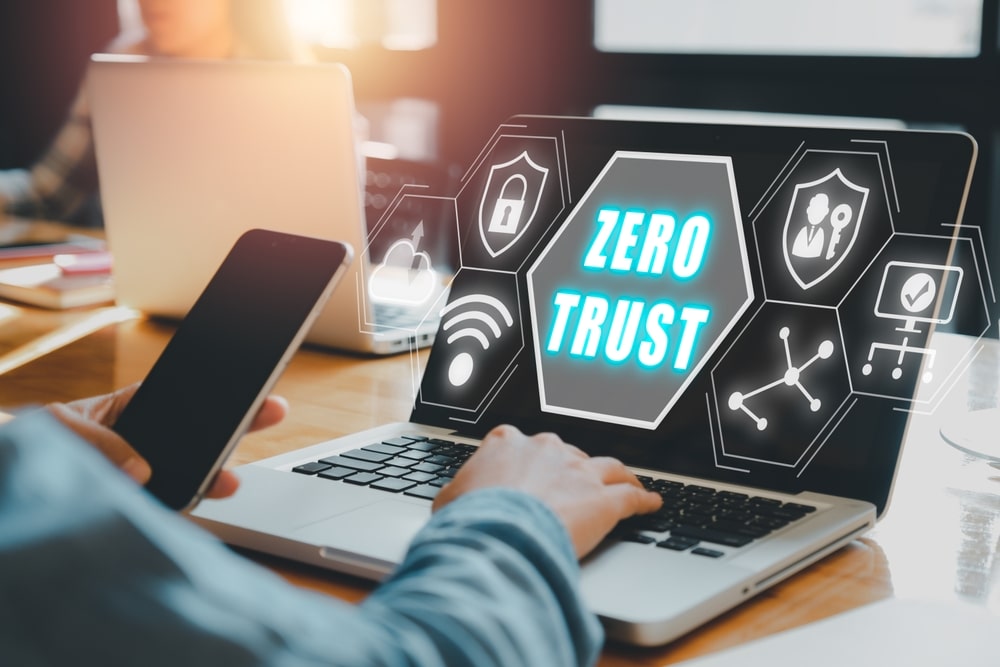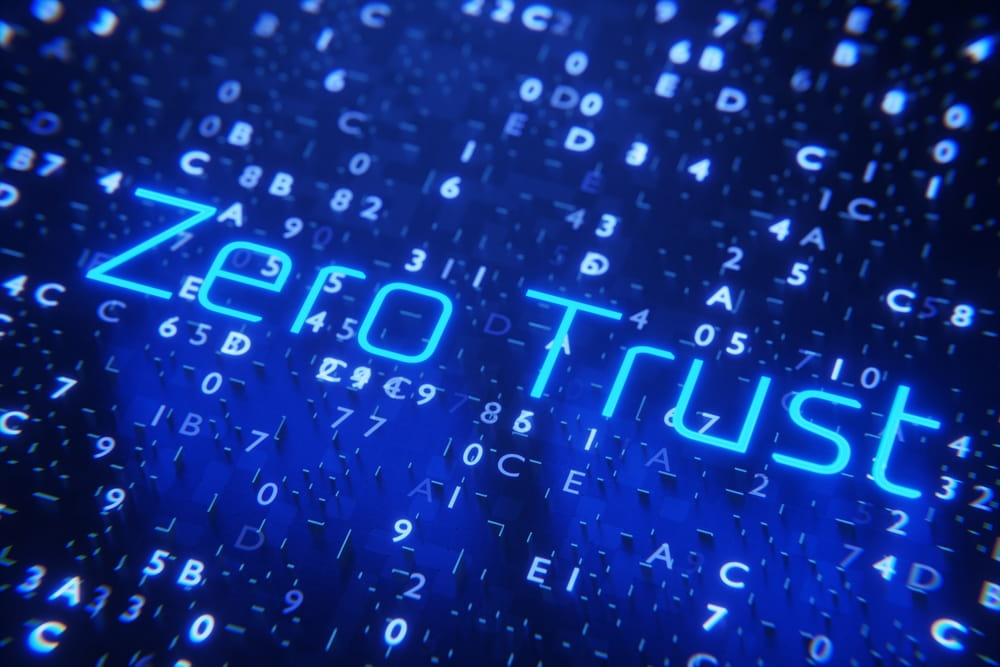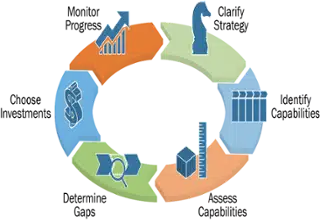The fusion of technology and education has created new possibilities for learning environments. Yet many institutions find themselves at a crossroads—knowing digital transformation is essential but facing complex implementation challenges. From fragmented technology adoption to cultural resistance, the barriers are real. In this guide, we cut through the complexity to provide clear direction for educational institutions at any stage of their digital transformation journey.
What is Digital Transformation in Education?
Digital transformation in education is a dramatic update to the ways educational institutions operate, teach, and engage with students. Unlike traditional educational initiatives that follow fixed implementation timelines, digital transformation is an ongoing journey of continuous innovation and adaptation occurring on multiple interconnected levels.
Top 5 Education Digital Transformation Trends
- Artificial Intelligence and Machine Learning
The cutting edge of educational AI focuses on collaborative intelligence. Institutions can deploy AI systems that function as learning partners:
- AI teaching assistants that facilitate open-ended discussions and adapt to student thinking patterns
- Cognitive architecture systems that reveal student mental models, not just performance metrics
- Cross-disciplinary AI that identifies connections between seemingly unrelated subjects
- Predictive systems that suggest curriculum adjustments based on workforce trend analysis
- Immersive Learning Technologies
Virtual reality (VR), augmented reality (AR), and mixed reality (MR) technologies create immersive learning experiences that expand engagement and comprehension. Some examples include:
- “Impossible physics” simulations allow students to manipulate natural laws and observe outcomes
- Perspective-shifting experiences placing students inside biological systems or historical events
- Cross-campus collaborative spaces connecting students globally in shared virtual environments
- Accessibility-focused XR adapting learning experiences for students with diverse needs
- Learning Analytics and Data-Driven Insights
Advanced analytics tools help educational institutions collect, analyze, and interpret data about student learning behaviors, academic performance, and operations. Capabilities include:
- Multimodal analytics integrating physiological, behavioral, and cognitive data for holistic understanding
- Longitudinal tracking systems measuring skill development across years, not just courses
- Ethical analytics frameworks balancing insight with privacy and algorithmic fairness
- Context-aware systems differentiating between performance issues and environmental factors
- Gamification and Interactive Learning
Educational gamification has matured beyond superficial reward systems to deeper engagement strategies:
- Narrative-driven learning frameworks connecting coursework to meaningful real-world contexts
- Competency-based progression systems replacing arbitrary achievement metrics
- Social impact games address community challenges through authentic problem-solving
- Identity exploration environments help students assume diverse perspectives and roles
- Blockchain for Credentials and Academic Records
Blockchain technology offers secure, tamper-proof solutions for managing academic credentials, certifications, and transcript records. Key applications include:
- Verifiable digital credentials that lower risks for credential fraud
- Portable learning records that follow students throughout their academic journey
- Automated verification systems for employers and institutions
- Smart contracts that manage program requirements, certifications, and continuing education
Digital Transformation in Education Challenges
While digital transformation offers tremendous potential for educational institutions, several common obstacles can impede progress.
Resistance to Change
Faculty and staff often resist digital initiatives due to deeply ingrained traditional practices. Many question whether new technologies genuinely improve learning outcomes or simply add complexity. Fear of technological learning curves creates anxiety about competence and professional standing. Concerns about job security emerge as automation capabilities expand, with some educators worrying that technology might eventually diminish their roles or replace essential human elements of education.
Technology Infrastructure Limitations
Inadequate technical foundations prevent many institutions from supporting advanced digital initiatives, particularly in underserved areas. Insufficient network bandwidth creates frustrating bottlenecks during peak usage periods. Outdated hardware forces difficult compromises between innovation and accessibility. Legacy systems with poor integration capabilities can fragment the digital experience across departments and create disconnected information silos that undermine transformation efforts.
Digital Literacy Gaps
Varying levels of digital literacy among faculty, staff, and students create significant implementation barriers for digital transformation initiatives. Limited technical skills among faculty members result in uneven adoption of new tools, with some departments embracing change while others resist. Inconsistent digital fluency across student populations can exacerbate existing educational inequalities when digital tools become central to learning experiences.
Data Privacy and Security Concerns
Educational institutions face a data governance maze that grows more complex with each new digital system. Third-party vendor relationships raise critical questions about data ownership, usage rights, and appropriate application of student information. Growing cybersecurity threats target educational institutions, exploiting interconnected systems to access sensitive information. Meanwhile, AI-driven educational tools raise profound questions about fairness, transparency, and student autonomy that require thoughtful governance approaches.
Budget Constraints
Financial limitations force difficult decisions about transformation scope and pacing. Significant upfront infrastructure costs create immediate budget pressures, particularly for institutions with limited financial reserves. Ongoing maintenance and upgrade expenses create long-term financial commitments that must be factored into sustainability planning rather than treated as one-time expenditures. Staff training and development costs add another layer of necessary investment beyond the technology itself, requiring resources for both formal training programs and compensated time for skill development.
Developing a Successful Digital Transformation Strategy for Education
This roadmap guides educational institutions through the essential stages of assessment, vision-setting, engagement, implementation, and support that differentiate transformative initiatives from isolated technology projects with limited impact.
Conduct Comprehensive Needs Assessment
Start by taking stock of your current digital reality. Survey technology infrastructure, faculty and student digital literacy, and administrative processes to identify pain points and opportunities. This assessment reveals where transformation efforts will yield the greatest returns and uncovers potential implementation barriers before they emerge.
Establish a Clear Vision and Objectives
Craft a clear vision that answers why digital transformation matters for your specific institution. Define concrete success metrics that show what improved teaching, learning, or operations will look like when achieved. Link every technology initiative to educational outcomes that stakeholders already value.
Secure Stakeholder Engagement
Engage stakeholders at every level to build a coalition of support. Assemble cross-functional teams representing diverse departments, roles, and digital comfort levels to guide transformation efforts. Establish ongoing dialogue through forums and feedback sessions that capture insights from those who will use the systems daily. Include faculty and staff in technology evaluation and selection to increase ownership and ensure solutions meet practical needs. Develop a network of digital champions who can translate the vision into language that resonates with their peers.
Implement Phased Deployment
Rather than attempting comprehensive transformation at once, successful institutions adopt phased implementation approaches. Starting with pilot programs in receptive departments allows for testing and refinement with minimal disruption. Prioritizing high-impact, low-resistance initiatives creates early wins that build confidence and demonstrate value.
Invest in Continuous Training and Support
Digital transformation requires ongoing investment in human capabilities alongside technological solutions. Developing tiered training programs accommodates varying skill levels and learning preferences among staff and faculty. Creating accessible support resources ensures users can find assistance when they need it most. Establishing communities of practice facilitates peer learning and problem-solving outside formal training contexts. Recognizing and incentivizing digital innovation acknowledges those who lead adoption efforts, encouraging others to embrace new approaches.
Partner with Accelare for Your Education Digital Transformation Project
Accelare brings specialized expertise to educational institutions navigating the complexities of digital disruption. Contact Accelare today to explore how our team can accelerate your institution’s digital transformation journey and help you achieve your educational mission.

